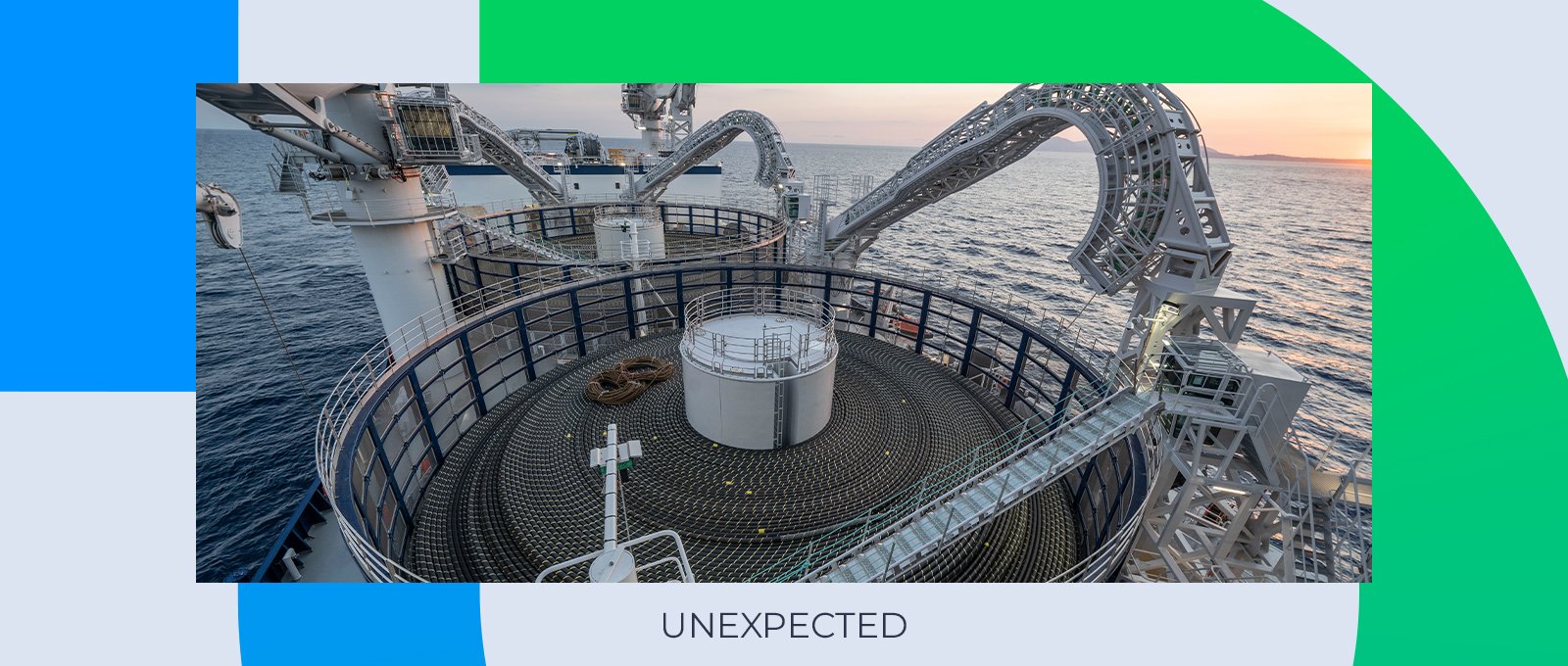When you think of marathons, you probably imagine runners hurtling down the streets, crossing cities and pushing themselves beyond their physical limits. Yet, there is another type of “marathon” that is held underwater, in the depths of the oceans, and that involves huge submarine cables.
These cables — true arteries that connect continents and facilitate the exchange of data on a planetary scale — can extend to incredible lengths, far greater than many marathons put together. Behind submarine cables lies a fascinating, high-tech world, which is why they play a key role in the vast global telecommunications infrastructure sector.
The role of these underwater giants is often underestimated: surrounded as we are by augmented reality, artificial intelligence, robots and cryptocurrencies, we increasingly lose sight of the tangible dimension of the physical infrastructure that supports the infosphere we live in. However, it is crucial to remember that in our world digitalisation is still deeply rooted in real technologies and places, where data comes to life and travel, where data is processed and collected. These places do not float in space, as we are often mistakenly led to imagine: instead of looking up, we should look down, into the depths of the oceans.





